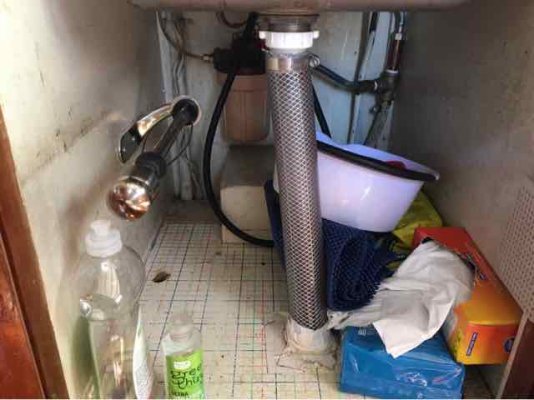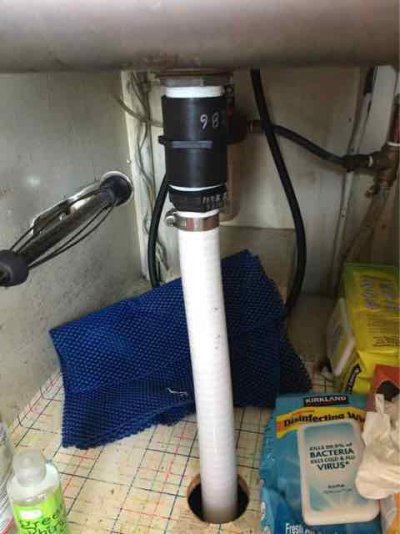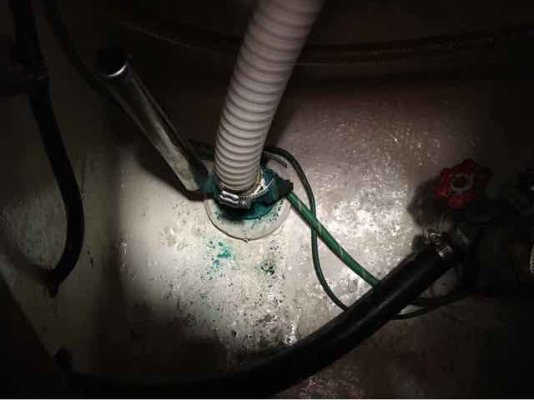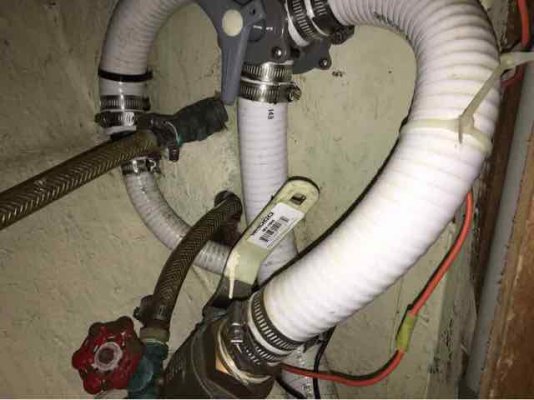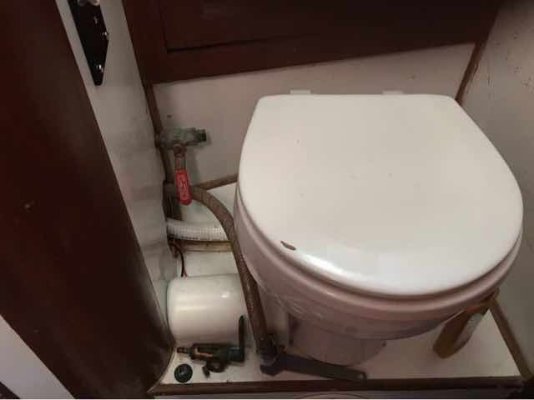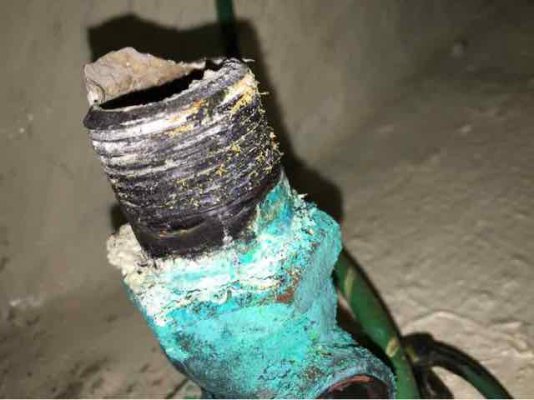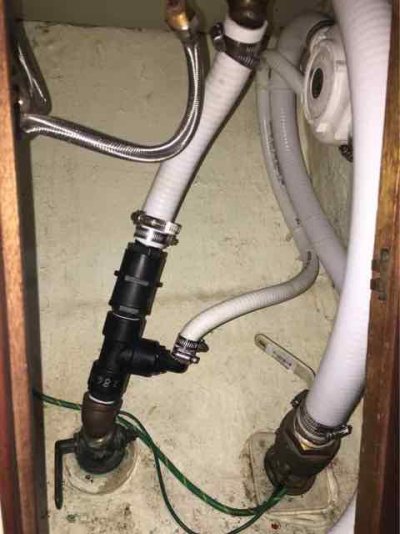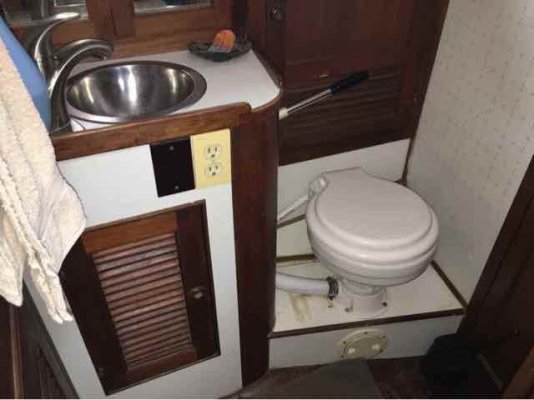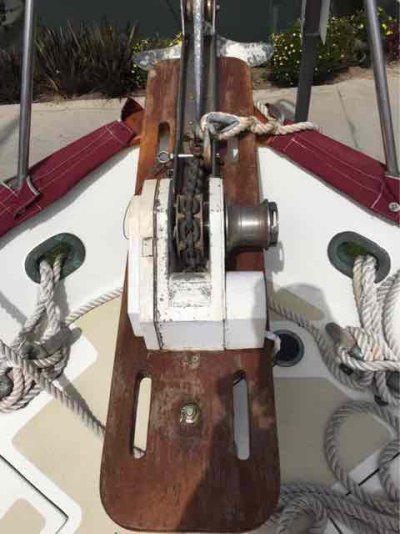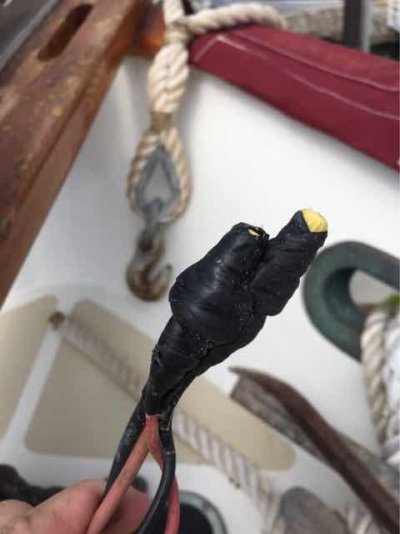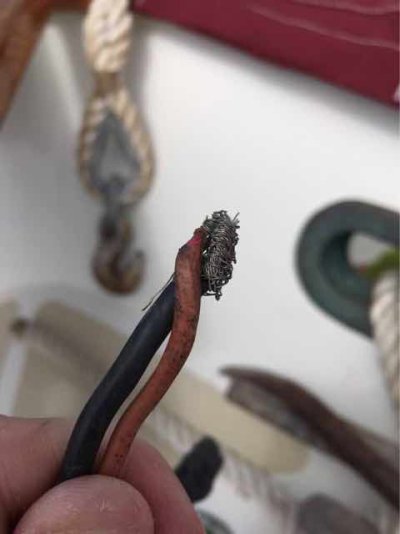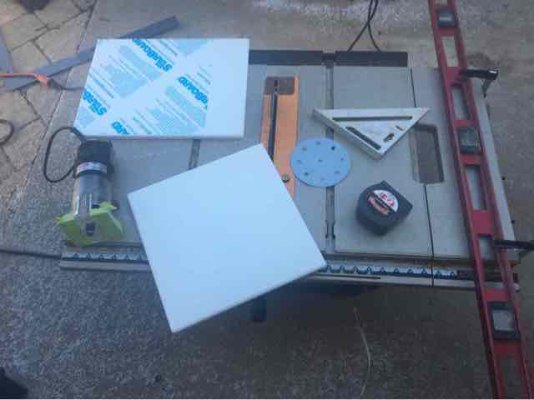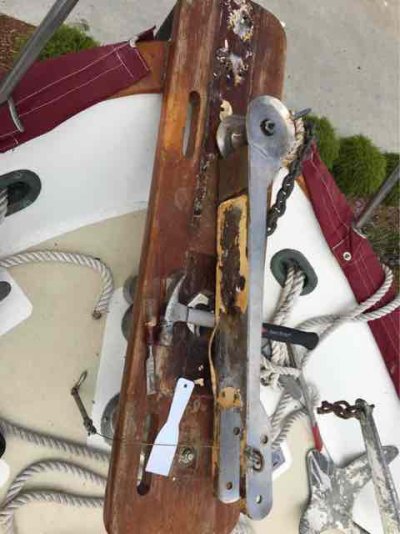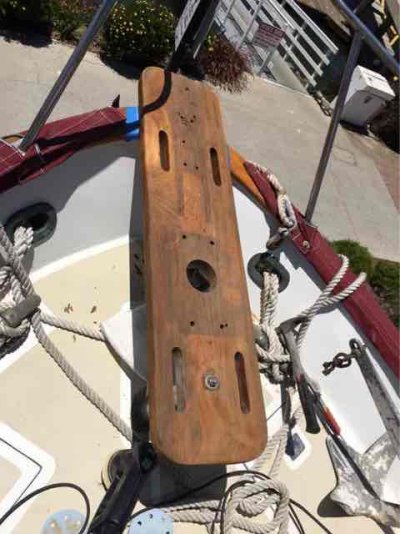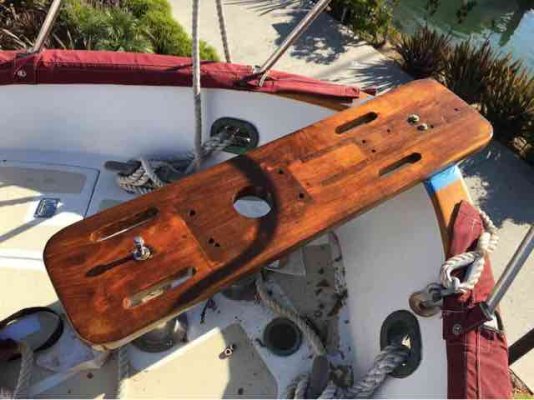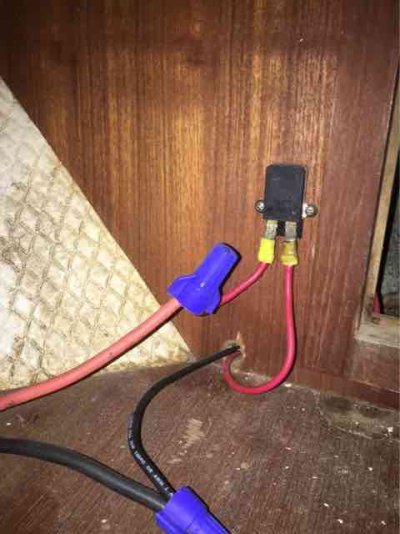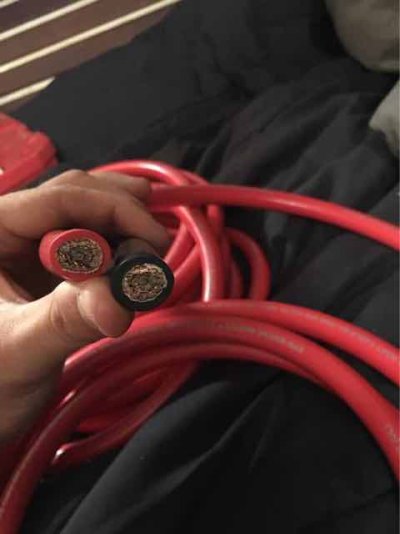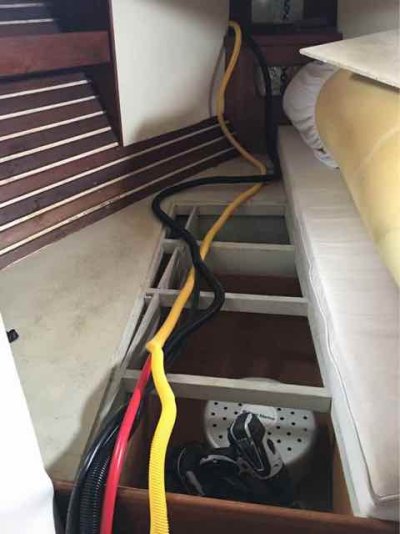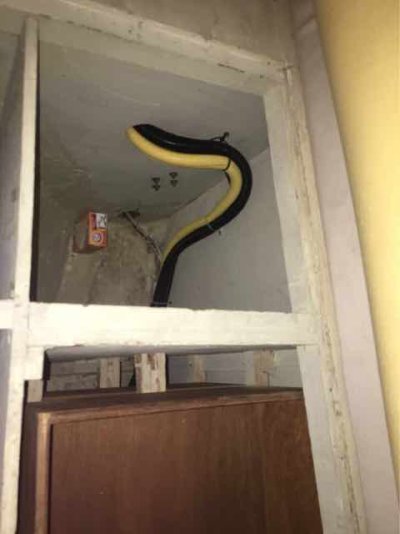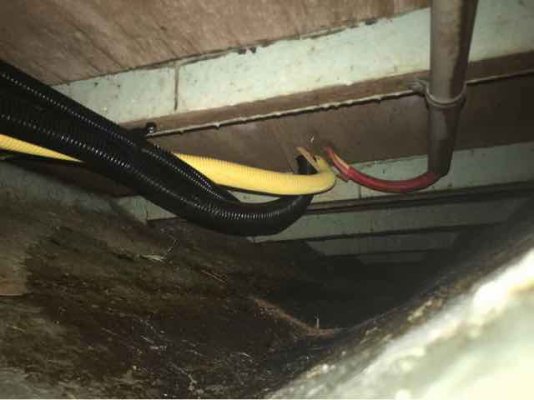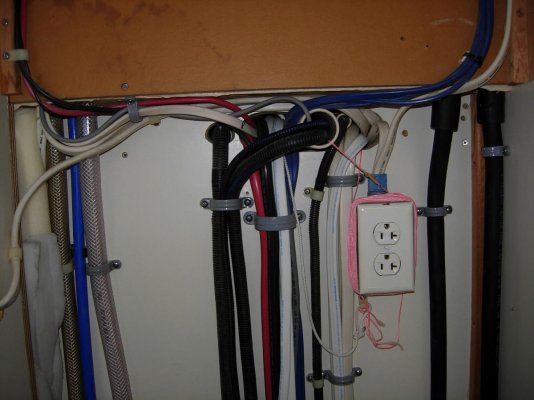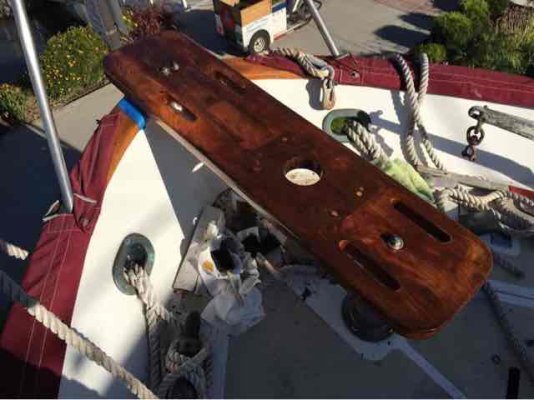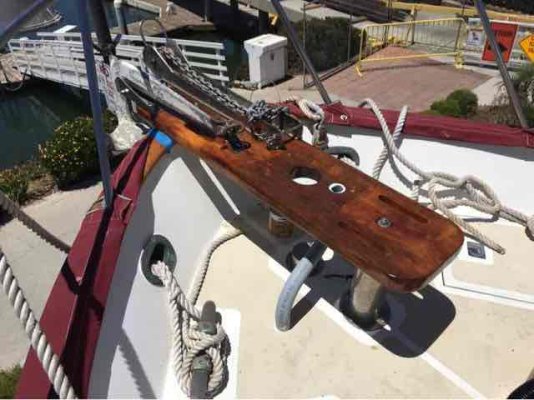questionmark
Senior Member
I figured I'd make a thread to both track progress and solicit opinions on my just-started refit of our somewhat new-to-us 1979 C&L. Considering that I already have 10 pages of project lists, this could be a long thread. My project management style is with colored sticky notes on graph paper. That way I can expand the subproject lists as they creep (and do they ever.)
The ultimate goal is to live aboard and cruise the Sea of Cortez and points south, leaving fall 2018. Although this is my first trawler, I have a decent amount of sailing experience, including a complete (3+ year) refit of a blue water cruising sailboat.
The boat normally lives in Santa Barbara, so we have great access to the Channel Islands and Southern California. I had planned to take her up to the Bay Area this summer, but my vacation has already started and she's still in the yard, and probably will be for at least 10 more days. So that trip is scaled back to a series of island trips and Catalina.
Cosmetically she's decent, the primary engine is in good shape, and the PO put 500+ hours a year on it for two years. We like the interior layout of the Europa style, it is definitely wife approved. That being said, it's a near four decade old Tawainese build, and the more I dig in, the more I find.
I'll try and take pictures along the way, but sometimes I get focused and in the zone and forget.
All opinions are welcome. If you see me doing something that you would do differently, please let me know. I'll be making a lot of this up as I go (and I'm about to celebrate our 19th wedding anniversary) so I have no problem taking advice and directions.
The ultimate goal is to live aboard and cruise the Sea of Cortez and points south, leaving fall 2018. Although this is my first trawler, I have a decent amount of sailing experience, including a complete (3+ year) refit of a blue water cruising sailboat.
The boat normally lives in Santa Barbara, so we have great access to the Channel Islands and Southern California. I had planned to take her up to the Bay Area this summer, but my vacation has already started and she's still in the yard, and probably will be for at least 10 more days. So that trip is scaled back to a series of island trips and Catalina.
Cosmetically she's decent, the primary engine is in good shape, and the PO put 500+ hours a year on it for two years. We like the interior layout of the Europa style, it is definitely wife approved. That being said, it's a near four decade old Tawainese build, and the more I dig in, the more I find.
I'll try and take pictures along the way, but sometimes I get focused and in the zone and forget.
All opinions are welcome. If you see me doing something that you would do differently, please let me know. I'll be making a lot of this up as I go (and I'm about to celebrate our 19th wedding anniversary) so I have no problem taking advice and directions.

